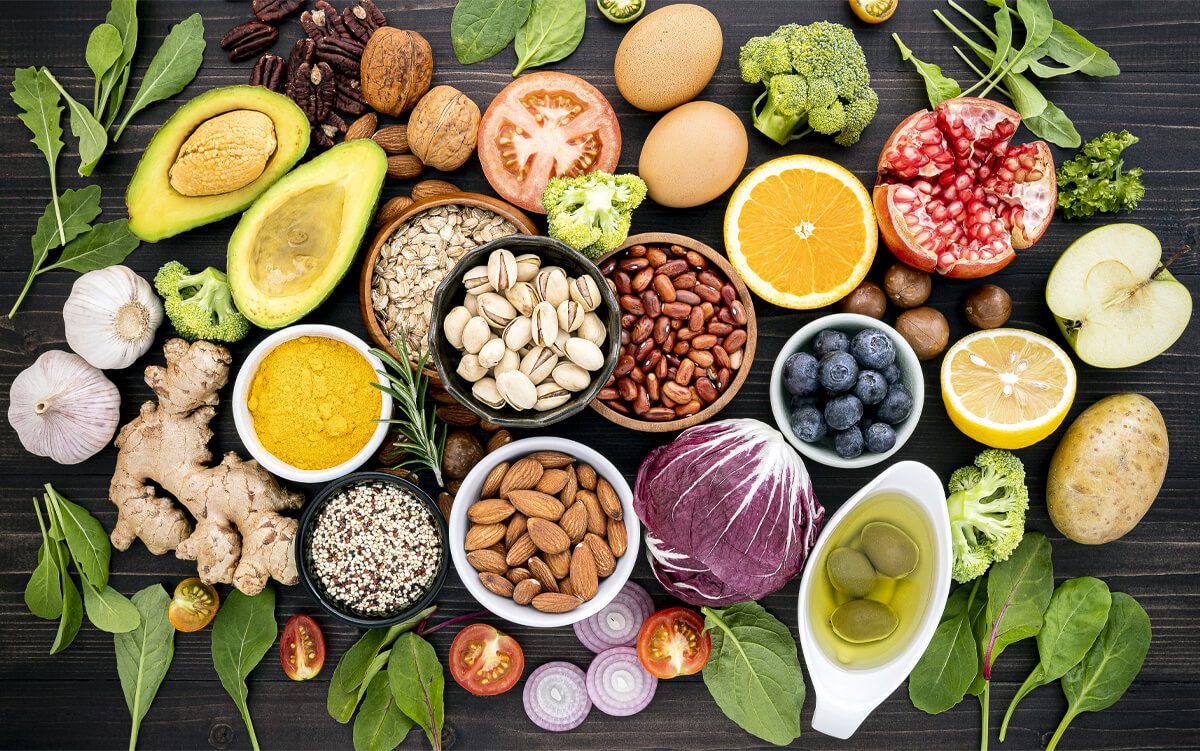Did you know that according to the 2010 NHANES (National Health and Nutrition Examination Survey), Americans consume about 20 teaspoons of sugar per day? It is not surprising that our palates have become accustomed to the sweetness of sugar and we crave it every day. The American Heart Association recommends that women have no more than 6 teaspoons of sugar and men no more than 9 teaspoons of sugar per day. In case you are wondering, your average sugar-sweetened soda (including the clear ones) has over 9 teaspoons of sugar for the 12-ounce can. I joke about the clear sodas because it is a misconception that the clear sodas are a better choice because they are clear. Just because the beverage is clear doesn’t mean that it doesn’t contain sugar!
Although sugar does not offer any nutritional value to our diets, you can find it in many of our foods and drinks. Sugar-sweetened drinks including sports drinks, juices, sodas, and sweet tea (yes, we are in the South so sweet tea must be included in this list) are some of the biggest culprits for our higher sugar intakes. Other sources of sugar include breakfast cereals, cookies, cakes, pastries, cooked cereal such as instant oatmeal packets, and even condiments like ketchup, BBQ sauce, and salad dressings. These are often sources of empty calories and can prevent us from choosing more nutrient dense foods.
Have you ever logged your food intake into one of the programs like My Fitness Pal or Spark People and looked at your nutrient intake only to discover that your sugar intake is above the recommended amount and you didn’t indulge in one of the sweetened beverages or foods? Why is that? Well, the problem is that there currently isn’t any distinction between naturally occurring sugars and added sugars on the food label. Naturally occurring sugars are the ones that are found in milk (in the form of lactose) and in fruit (in the form of fructose). Added sugars are the ones that the food manufacturers add to our foods/drinks. The most common added sugar is high fructose corn syrup. Start looking at the ingredient list on the food packages and see if you can find the added sugars. Other common ones include white sugar, brown sugar, honey, malt sugar, and anything ending with –ose such as dextrose, fructose, and maltose. This will help you determine if your food/drink product has added sugars but it will not tell you if there are any naturally occurring sugars and how much of those are in the product. So, when you get the message from My Fitness Pal telling you that you are over your sugar limit for the day after you logged your morning snack of a banana, ignore the message and rest easy knowing that you enjoyed the sweetness of nature’s own sugars found in fruit.
The FDA is recommending that the food labels be changed so that consumers will be able to tell how much added sugar the products contain. This would allow consumers to shop wisely so that they could see in a product like yogurt, which has naturally occurring sugars, how much of the total sugar is added by the manufacturer in forms that are manmade. Until then, enjoy the products that contain natural sugars like the many varieties of fruits and dairy products and be aware of your consumption of the added sugars.

